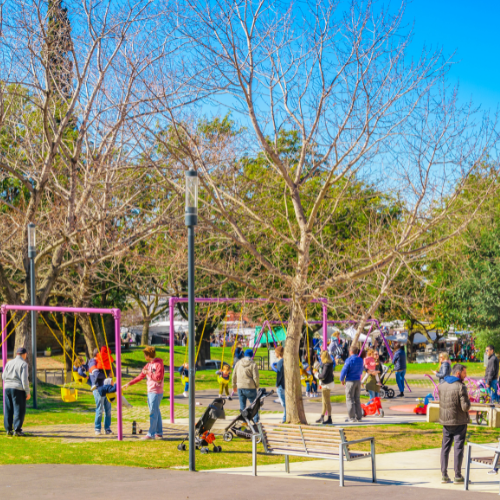
19 Dec Pest Control for Community Safety
Pest Infestations in Public Areas
Public spaces, such as parks, playgrounds, and recreational areas, serve as essential sanctuaries for community members seeking relaxation, exercise, and outdoor activities. To ensure the safety and comfort of visitors, pest control in these areas is paramount. In this comprehensive guide, we’ll explore the significance of pest control in public spaces, the unique challenges it poses compared to residential pest control, the methods employed, and its role in safeguarding community health and well-being.
These areas host diverse ecosystems, making them susceptible to various pest infestations. These pests can include rodents, insects, and other wildlife that may pose health risks, compromise the aesthetics of the area, and negatively impact the overall experience of park-goers.
Safeguarding Public Spaces
When it comes to pest control in public areas, professionals rely on specially formulated chemicals designed for larger spaces. These chemicals provide long-lasting protection against a wide range of pests while ensuring the well-being of all visitors.
Inspection and Assessment: Professionals conduct thorough inspections to identify pest infestations and assess the extent of the problem.
Integrated Pest Management (IPM): IPM strategies focus on preventing pest issues through proactive measures such as habitat modification, pest exclusion, and routine maintenance.
Safe Chemical Application: When necessary, professionals use environmentally friendly and low-impact chemicals to target specific pests while minimizing harm to non-target species.
Regular Maintenance: Scheduled treatments ensure year-round pest control, preventing infestations and maintaining public spaces’ appeal.
Professional Intervention
Calling in professionals like Pest Busterzz for public area pest control is crucial. While DIY solutions may suffice for homes, public spaces demand a more systematic and strategic approach. Professionals possess the expertise, equipment, and knowledge required to tackle larger areas effectively.
At Pest Busterzz, we acknowledge the unique demands of public area pest control. Our professionals are well-prepared to manage large spaces, utilizing safe and effective chemicals that prioritize the safety of both people and the environment. By selecting us, you’re investing in your community’s well-being, ensuring public spaces and parks remain inviting and pest-free.
Pest control in public spaces is not just a matter of aesthetics but a crucial aspect of community safety and well-being. The distinction between residential and public area pest control lies in the scale, the chemicals employed, and the necessity for consistent maintenance. By relying on professionals who understand the unique challenges of public spaces, communities can ensure that their parks and recreational areas remain inviting, pest-free, and safe for everyone to enjoy. Don’t wait for pest issues to escalate; reach out to pest control professionals today and invest in your community’s well-being.
Commonly Found Insects
Ants: Ubiquitous in almost every outdoor setting, ants can be found in large numbers, especially around picnic areas and trails.
Mosquitoes: Common in areas with standing water, these insects are known for their irritating bites and potential to transmit diseases.
Bees and Wasps: Vital for pollination, these insects are often found around flowers and gardens, but their stings can be a concern.
Butterflies: Attracted to colorful flowers, butterflies are a delightful sight in parks, contributing to the biodiversity and beauty of the environment.
Dragonflies: Often seen hovering near water bodies, dragonflies are beneficial as they prey on mosquitoes and other small insects.
Ladybugs: Known for their distinct appearance, ladybugs are beneficial insects that feed on aphids and other garden pests.
Spiders: While not technically insects, spiders are common in parks and play a crucial role in controlling insect populations.
Grasshoppers and Crickets: These hopping insects are often found in grassy areas and contribute to the natural soundscape of parks.
Flies: Various species of flies are omnipresent in parks, often attracted to food waste and other organic matter.
Caterpillars: The larval stage of butterflies and moths, caterpillars are often found on leaves and play a vital role in the ecosystem.


No Comments